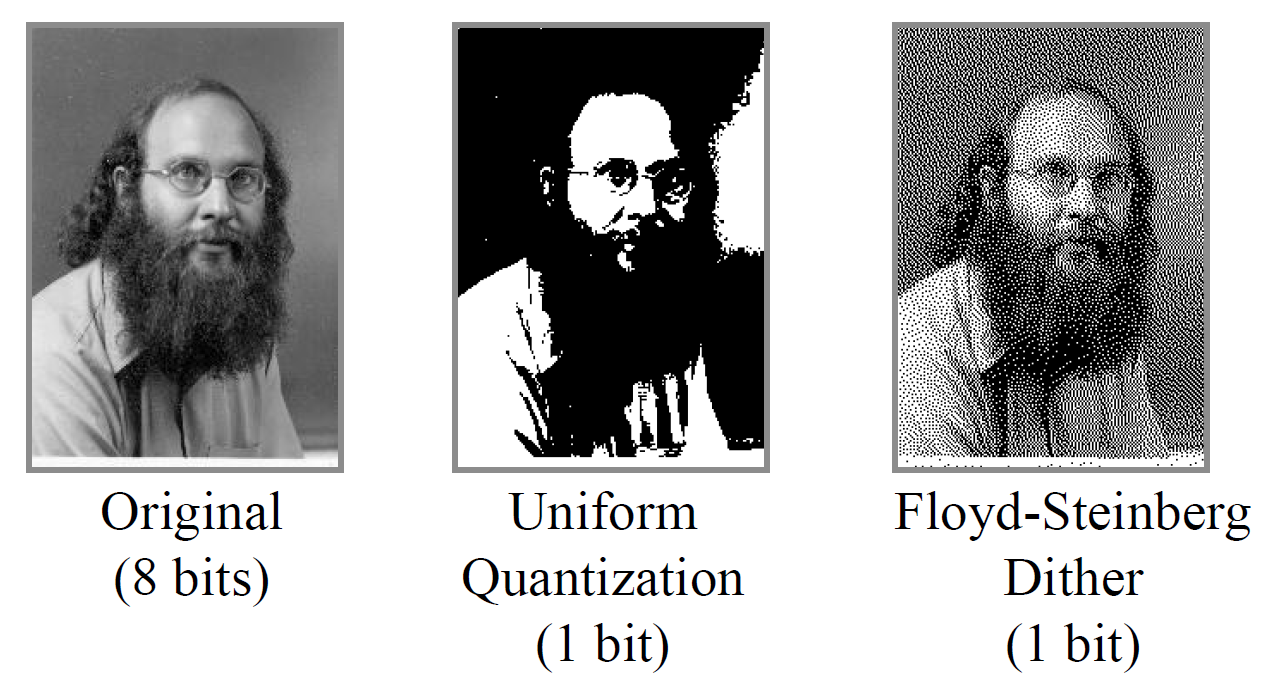First, consider transient attack sounds, such as the instant that a triangle is first struck. This only occurs once, so a digital system must have good enough handling to track this single sharp curve in the road. DVD-A reproduces this triangle attack transient better than any other digital system, correctly and cleanly capturing the "t" sound at the beginning of the triangle's "tinggg". But DSD misses this "t" attack altogether (there's no repetition to average), and it thereby makes the triangle ting sound too soft, like a "dinggg" instead of the correct "tinggg". All DSD does capture well is the continuing and repeating after-ringing "inggg" sound of the triangle, after the attack transient has passed. Thus, from DVD-A, a triangle properly sounds like a "tinggg", but DSD-SACD softens this sound to a "dinggg".
Second, consider the individual transient spikes of noise that constitute a vocal sibilant. Each individual spike is separated from and is different from its neighbors. That's what makes a vocal sibilant sound real, like a jet of escaping steam (as discussed in the article above). Because each spike is different, it is not an identical repetition of its predecessor, so each is a non-repetitive transient that must be tracked individually, just as each curve in a mountain road is different from the previous curve and must be tracked individually. DVD-A does this superbly, and thus reproduces very realistic sounding vocals. But DSD-SACD, relying on averaging, treats all these individual spikes as if they were the same repeating sound, thereby making the vocal sibilant less real, more homogenized, more generic (everyone's sibilant sounds different, depending for example on their tooth pattern, but DSD-SACD erases these individual differences). Then, to make matters even worse, DSD-SACD fails to track the sharp curves of each separated spike in the musical waveform of the vocal sibilant. The averaging function, on which DSD-SACD relies, instead negotiates an averaged path, which fails to reach the apexes of each sharp curve, the peaks of each transient spike, and which, yet worse, fills in the valleys of relative intertransient silence between peak spikes. This relative intertransient silence is all that keeps the individual spikes separated from each other, so DSD-SACD blends the spikes together into a different mushy waveform, which sounds like "shshsh" instead of the original "ssssss".
Third, consider the individual transient spikes of a cymbal's sounds. Any musician can tell you that cymbals (both orchestral and jazz) have very complex sounds, so much so that each brand of cymbal and indeed each individual cymbal has a very distinct sonic personality, as distinct as human voices. Scientists since Lord Rayleigh have known that metal discs have very complex vibrational modes, thus producing very complex sounds. And each cymbal can produce a wide range of complex sounds, whether shimmering or crashing, or being struck (by various objects with various shapes and materials, from wire brushes to wooden drumsticks). The complex sounds of a cymbal arithmetically add at every instant, and even interact at every instant, to produce a musical waveform that is constantly changing and so complex that statistically it would never repeat itself. This is the musical opposite of a clarinet, which essentially produces a simple sine wave pattern that does nothing but repeat itself. Thus, a digital system that relies on averaging a repeating musical waveform cannot use this technique to capture the sound of cymbals accurately. That's why DVD-A, a PCM system, can capture the sound of cymbals so superbly, while DSD-SACD, relying on averaging, turns a cymbal sound into a mushy porridge of sound.





